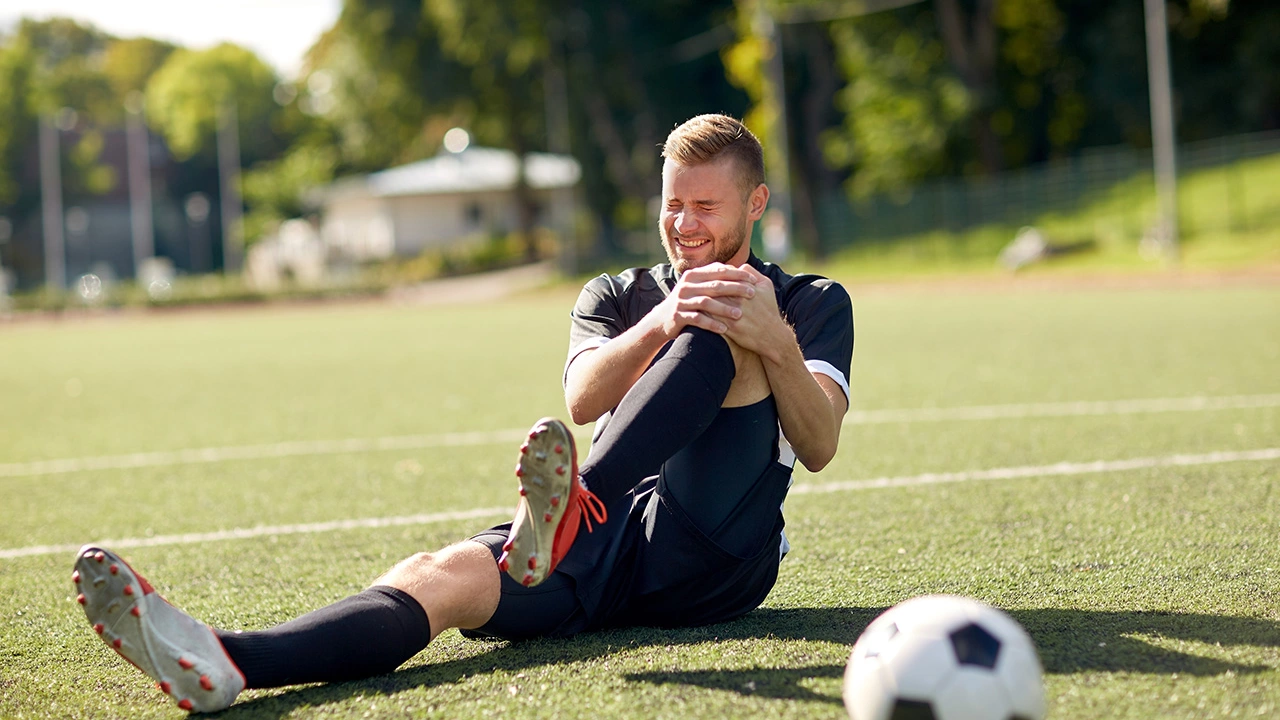Knee Injuries in Soccer: What Every Fan and Player Should Know
If you love the game, you’ve probably seen a player clutch their knee after a hard tackle. Knee problems are one of the most common setbacks in soccer, and they can sideline anyone from a weekend amateur to a pro. Knowing the basics can keep you safe, help you react when something goes wrong, and speed up recovery if you do get hurt.
Common Types of Knee Injuries
The knee is a joint with lots of moving parts, so it gets bruised in many ways. The anterior cruciate ligament (ACL) tear is the headline‑grabbing injury – a sudden twist or landing can rip it, leading to swelling and a feeling that the leg can’t bear weight. Meniscus tears happen when the cartilage that cushions the joint gets pinched, often after a slide or a bad pivot. A medial collateral ligament (MCL) sprain is usually the result of a blow to the outside of the knee, causing pain on the inner side. Finally, patellar tendinitis, sometimes called “jumper’s knee,” builds up from repetitive jumping and stops, creating ache just below the kneecap.
How to Prevent Knee Problems on the Pitch
Prevention starts before the whistle. A proper warm‑up that includes dynamic stretches—leg swings, lunges, and light jogging—gets the joint ready for action. Strength training for the quads, hamstrings, and hips builds a supportive muscle ring that absorbs shock. Working on landing technique, like bending the knees on contact, reduces the twist forces that cause ACL tears. Wearing shoes that fit well and have good traction helps keep the foot stable, which translates to a safer knee.
If you feel a pop, sharp pain, or sudden swelling during a game, stop playing immediately. Ice the knee for 15‑20 minutes every couple of hours, keep it elevated, and use a compression wrap if you have one. A quick check with a trainer or medical staff can tell you if the injury needs a professional look. Ignoring early signs often leads to longer downtime.
Once a doctor confirms the injury, the rehab plan usually has three phases. The first stage focuses on reducing pain and restoring range of motion – gentle stretches and low‑impact activities like swimming work well. The second phase adds strength work, targeting the muscles around the knee with exercises like squats, leg presses, and balance drills. The final stage brings back sport‑specific movements, such as cutting, sprinting, and ball control, under supervision to ensure the knee can handle game speed.
Getting back on the field isn’t just about the body; confidence plays a big role. Talk to your coach about a gradual return, and trust the rehab timeline. Rushing can bring a re‑injury, which costs more time in the long run. Remember, many players come back stronger after a knee injury because the focused training fixes weaknesses they never knew existed.
Keeping an eye on the knee, staying active with the right exercises, and addressing problems early are the best ways to enjoy soccer without the sidelines. Whether you’re watching from the stands or lacing up your boots, knowing these basics helps you stay in the game longer and play smarter.

Why do soccer players have bad knees?
by Caspian Montgomery / 17 Jul 2023In my experience, soccer players often deal with bad knees due to the nature of the sport. The constant twisting, turning, and sudden changes in direction can be hard on the knees, leading to wear and tear over time. Also, the impact from jumping and landing, as well as collisions with other players, can result in injuries. And let's not forget that playing on hard surfaces can exacerbate these issues. It's crucial for players to ensure they're taking care of their knees to keep them healthy and game-ready.

